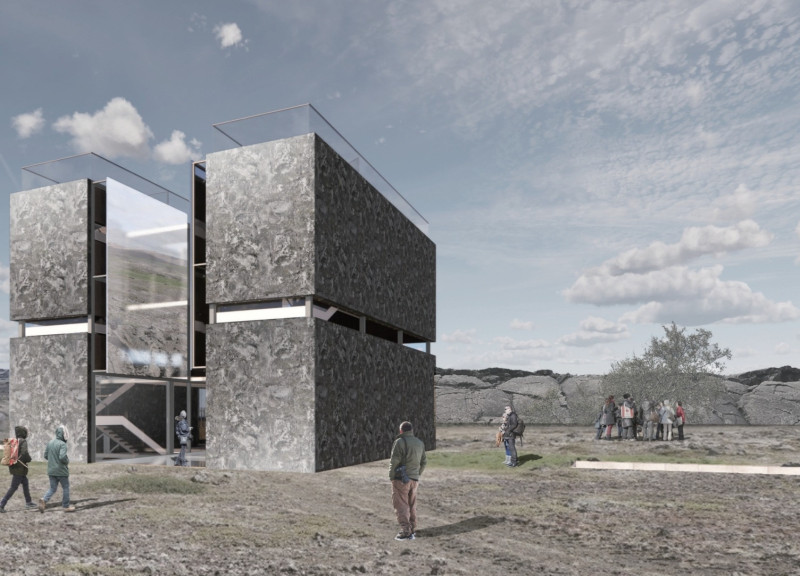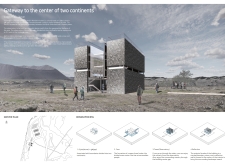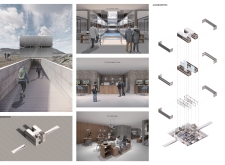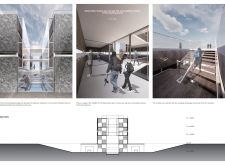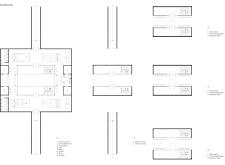5 key facts about this project
The Iceland Cave Tower is located at Grjotagjá, a notable cave hot spring in Northern Iceland. This setting is defined by its position at the boundary of the North American and Eurasian tectonic plates. The tower functions as an observatory, providing visitors an opportunity to engage with the striking landscape while being mindful of the ecological context. The design concept reflects a desire to connect the natural environment with human experience, fostering a relationship between the constructed space and its geographical surroundings.
Geological Engagement
The design draws inspiration from the area's geological features. The name Grjotagjá translates to "stone gap," highlighting the connection to the landscape. The observatory rises above the ground, offering vantage points to appreciate the unique forms of the terrain. By aligning the structure with the physical characteristics of the site, the design emphasizes the relationship between the architecture and the geology of the region.
Cave-like Formation
A notable feature of the tower is the creation of a cave-like area beneath the observatory. This space accommodates visitors while enhancing the experience of being in a natural setting. The design respects the contours of the landscape, helping to integrate human activity within the geological formation. This cave-like space invites visitors to explore and reflect on their surroundings, encouraging a deeper understanding of the site.
Reflective Experience
The observatory includes several viewing points that allow visitors to take in the landscape from different perspectives. This arrangement enriches the visitor's experience, enabling them to appreciate the details of the surroundings while minimizing any impact on the ecosystem. Internally, a reflective wall draws the landscape into the building, creating a strong connection between the outside world and the interior space. This design choice enhances the experience of visitors, linking them more closely to the natural environment.
Facade and Aesthetic
The exterior of the building mimics the look of cracked stone, resembling the geological characteristics of the area. This design choice helps to establish a connection with the environment, reinforcing the relationship between the structure and the landscape. The facade serves both an aesthetic and functional purpose, drawing attention to the geological features of the location.
The observatory culminates in a rooftop that provides panoramic views of the landscape, allowing visitors to appreciate the unique topography of Iceland.


